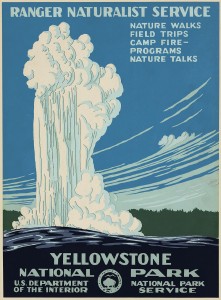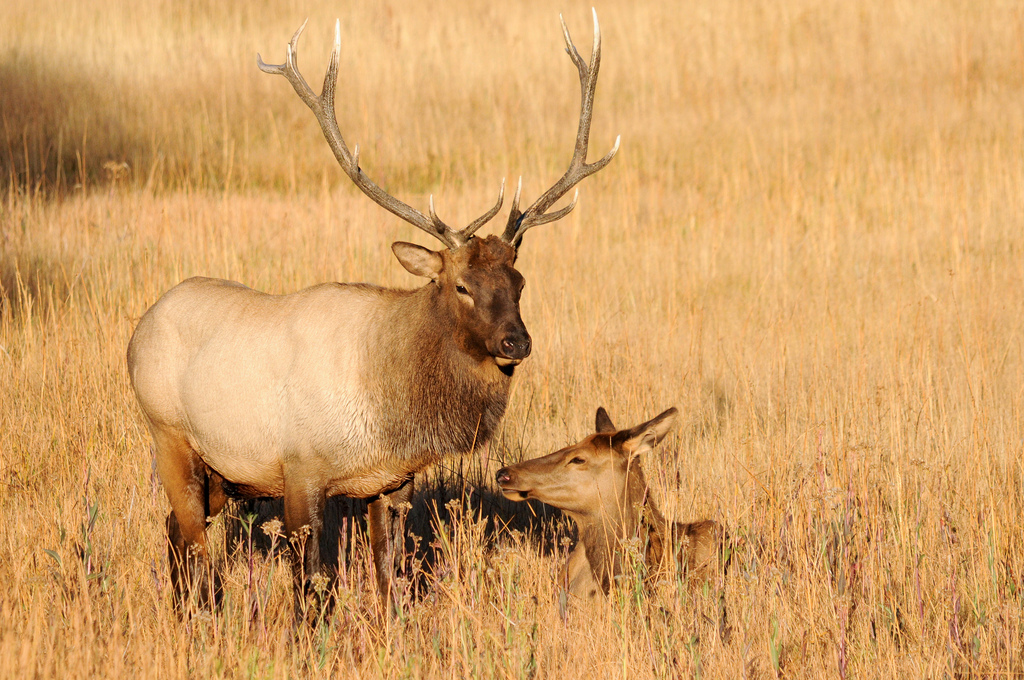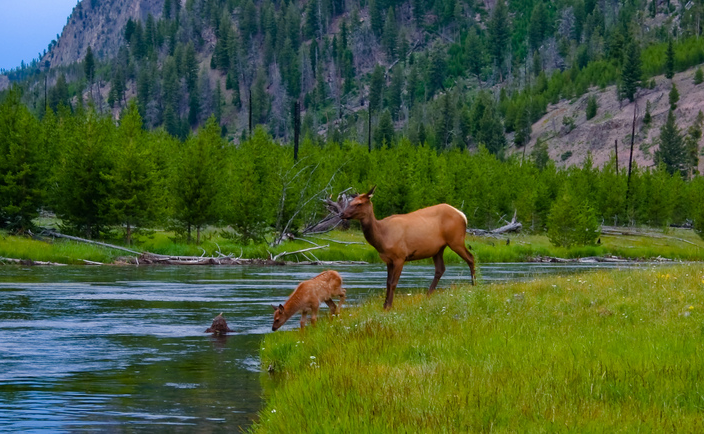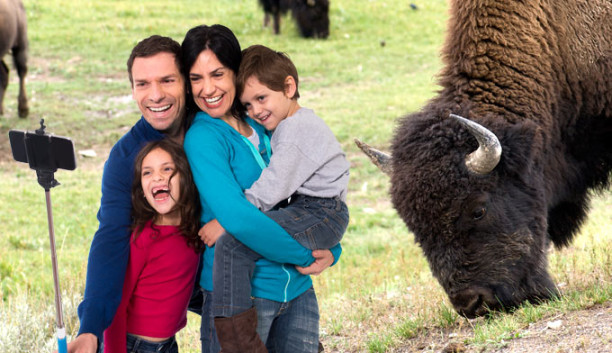Even with these practices in place, humans continue to make constant errors as we try to try present an unchanging landscape that is constantly adapting and changing in response to our mere presence. Poor decisions continue to be made, from the bear feeding stations that resulted in the injury and death of many visitors to the present trend of taking bison selfies. Our connection and relationship with our parks has been evolving since the beginning as these awe-inspiring destinations continue to enlighten us about the beauty of this ever-changing Earth.



